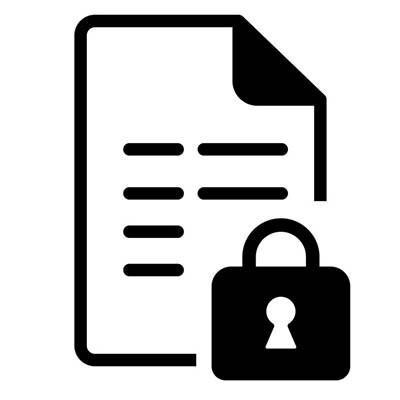Directive Blogs
Tech Term: Read Only
You open a lot of files and folders during your duties around the office, but some of them might seem a little different from others. These files are marked as “read-only.” What is the significance behind these files, and what does this marking mean? Find out in this week’s tech term.
Reading into Read-Only
Read-only is an attribute that is stored alongside the file that keeps users from doing more than just reading the contents. This attribute blocks users from changing or deleting the files, which might lead you to believe that “read-only” means that the file is extremely important.
Other files that aren’t necessarily important can also be assigned the read-only attribute. A folder could take advantage of read-only, preventing its contents from being altered unless the attribute is removed from the folder. External storage media can also use this attribute to keep others from messing around with your flash drives and SD cards. Even the CD-ROM, those relics of the past, took advantage of read-only technology (the acronym actually stands for Compact Disk Read-Only Memory), preventing users from overwriting the data stored on the disk.
Why Are Documents Marked This Way?
There are several reasons why a file or folder might be marked as read-only, but the primary one you’ll see is that these files or folders aren’t meant to be seen in the first place. These files are meant to be protected from being changed, as they are often critical files for a computer’s hardware and software. Certain files need to be in specific locations, as well as contain specific information. If the file is altered, the computer simply won’t work properly.
In essence, this functionality is programmed in so that users can’t accidentally disable their computers by deleting the wrong files. Besides, these files are more or less hidden from view anyway, meaning that users wouldn’t be able to delete them in the first place.
You can mark a file as read-only yourself as well, which you can do by accessing the properties. This could be helpful if your business wants to make a certain file available for all to see but without actually giving permissions to edit the file (like your employee handbook). What are some other uses you can think of for a read-only file? Let us know in the comments.



Comments